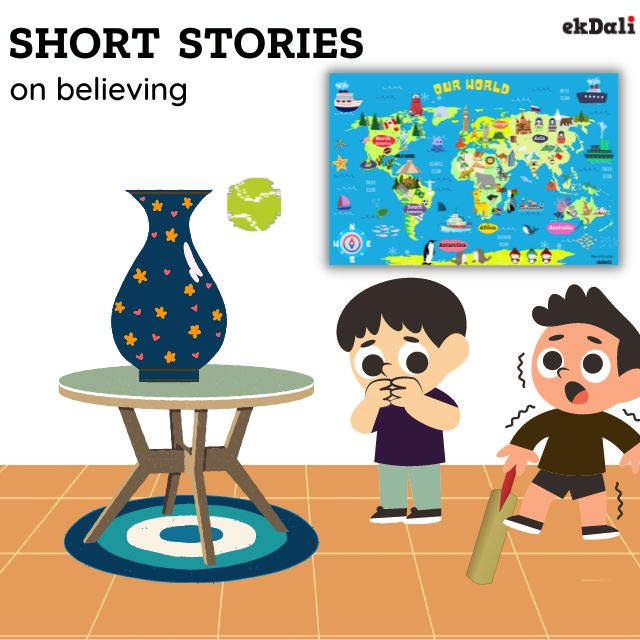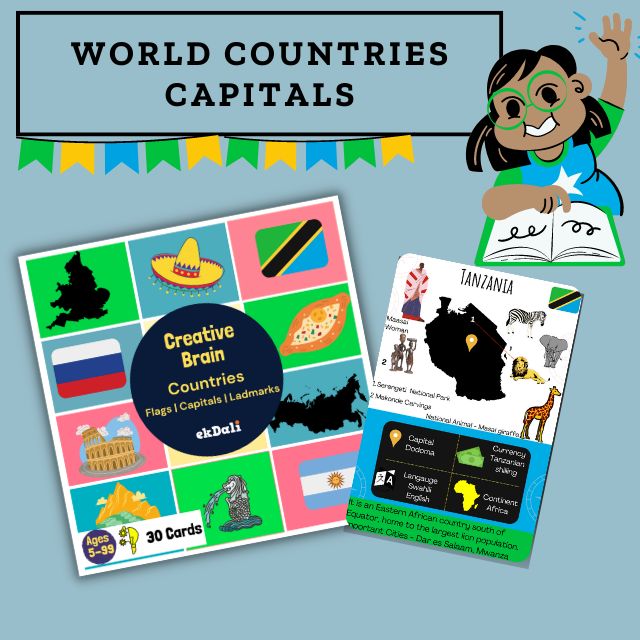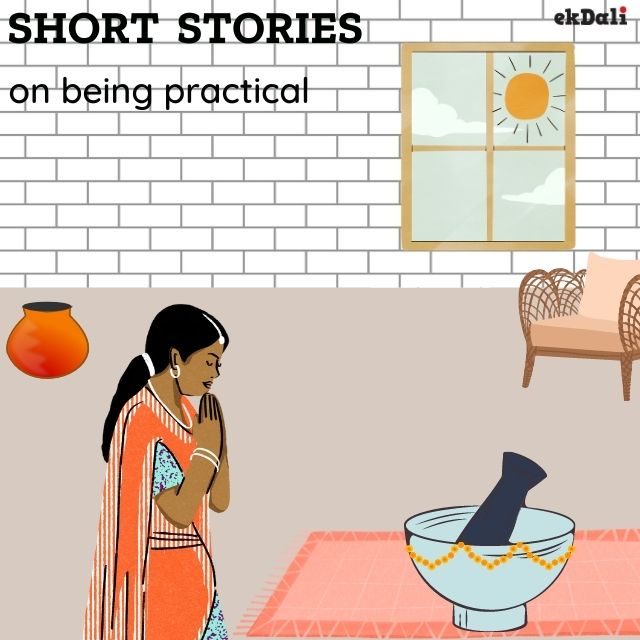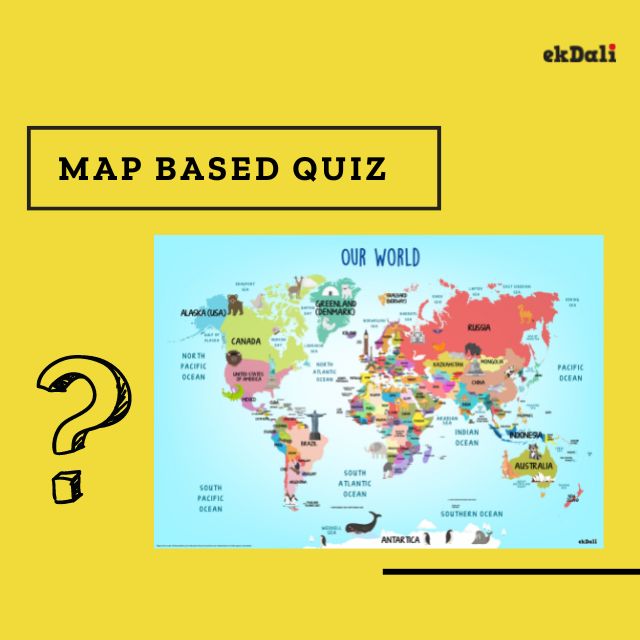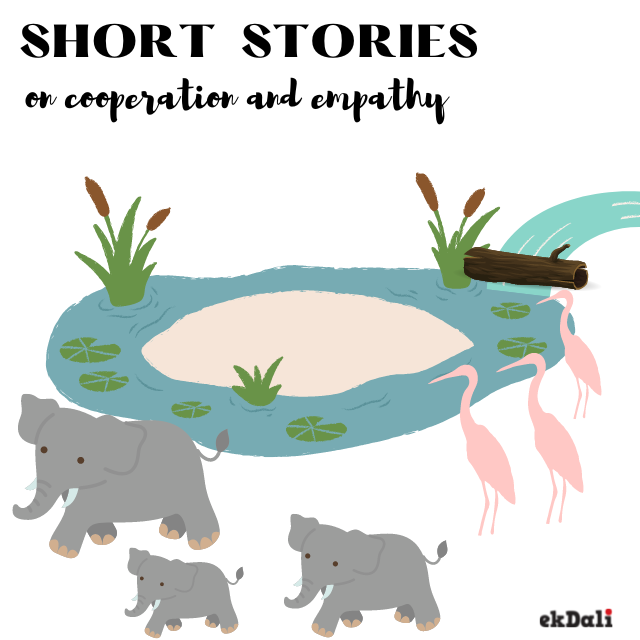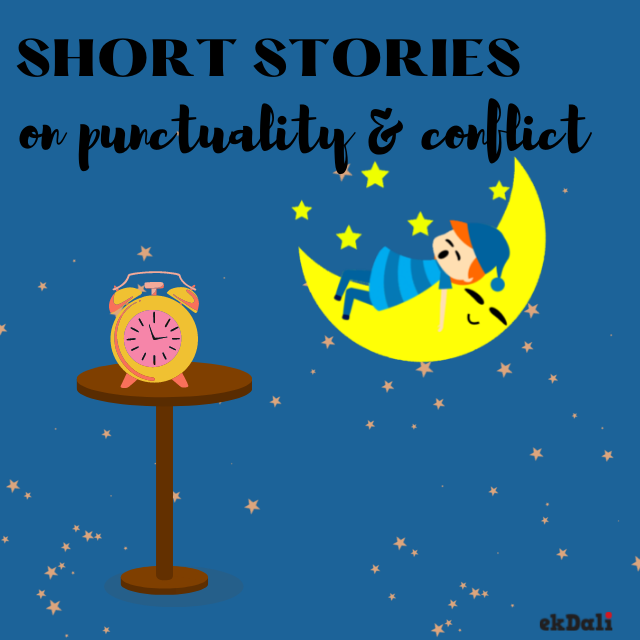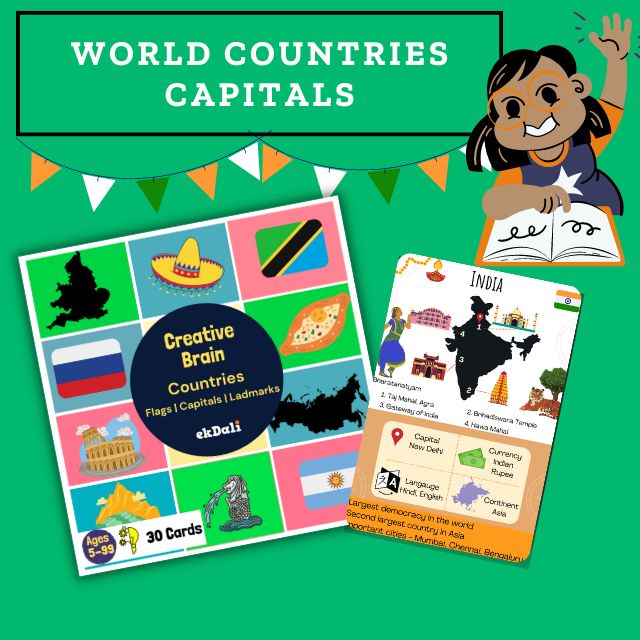If you are looking to teach kids about country flag flash cards please do take a look at the flash cards
INDIA FACTS FOR KIDS
India, officially the Republic of India, is a country in South Asia. It is the seventh-largest country by area, the second-most populous country, and the most populous democracy in the world.
QUICK FACTS
|
Official name: The Republic of India |
|
Capital: New Delhi |
|
Official Language: Hindi, English |
|
Currency: Indian Rupee |
|
Continent: Asia |
|
Population: 1393.4 million |
|
Major rivers: Indus, Ganges, Brahmaputra |
|
Major Cities: Mumbai, Chennai, Bengaluru, Kolkata, Jaipur |
|
Major Mountains: Kangchenjunga, Nanda Devi, Kamet |
|
National Sport: Hockey |
|
National Bird: Peacock |
|
National Tree: Banyan Tree |
|
National Animal: Tiger |
|
National Fruit: Mango |
|
National Flower: Lotus |
GEOGRAPHY AND CLIMATE
India exhibits great physical variations. The Himalayan mountains in the northeast-They are divided into three main parallel ranges. The northernmost is the Great Himalayas or Himadri. The world’s highest peaks are located in this range. Middle Himalaya or Himachal lies to the south of Himadri. The Shiwalik is the southernmost range.
Northern Indian plains-They lie to the south of the Himalayas. They are generally level and flat. Great Indian desert- They lie In the western part of India. It is a dry, hot, and sandy stretch of land. It has very little vegetation. Peninsular plateau- It lies to the south of the northern plains. It is triangular in shape. The relief is highly uneven. This is a region with numerous hill ranges and valleys.
Coastal plains-They lie to the West of the Western Ghats and the East of the Eastern Ghats. Western coastal plains are very narrow. The eastern Coastal plains are much broader. Islands -Two groups of islands also form part of India. Lakshadweep Islands are located in the Arabian Sea. These are coral islands located off the coast of Kerala. The Andaman and the Nicobar Islands lie to the southeast of the Indian mainland in the Bay of Bengal.
India shows a wide variation in climatic conditions ranging from snowfall in the Himalayan arch to burning heat in the south. The Himalayas and the Thar Desert have a great influence on the overall climatic conditions of the country. The Indian subcontinent is warmer than the other areas of the same altitude because the Himalayan Mountains block the central Asian katabatic winds. On the other hand, the Thar Desert attracts the southwest summer monsoon winds that are moist and provide the required rainfall. There are four major climates in India, winter, summer, monsoon, and post-monsoon.
PEOPLE, CULTURE, AND FOOD
In India, 705 ethnic groups are recognized as Scheduled Tribes. In central India, the Scheduled Tribes are usually referred to as Adivasis, which means Indigenous Peoples. With an estimated population of 104 million, they comprise 8.6% of the total population.
India is one of the most religiously and ethnically diverse nations in the world, with some of the most deeply religious societies and cultures. India is considered the birthplace of some of the world's major religions: Buddhism, Hinduism, Jainism, and Sikhism. India’s way of hospitality, greeting, ethics, belongingness, unity, and adapting behavior makes India unique in sustaining its culture over than rest of the world.
Indian food is some of the world's most popular and most widely eaten cuisines. Staple foods of Indian cuisine include pearl millet, rice, whole-wheat flour, and a variety of lentils, such as masoor, tuer (pigeon peas), urad (black gram), and moong (mung beans). A combination of spices tends to make up the vast majority of typical Indian dishes. Biryani, Tandoori Chicken, Chhole Bhature, Bharwa Bhindi, Pindi Chana, Masala Chai, Samosa, Kulche, Panipuri/Golgappe/Phuchka, and Jalebi are some of the popular delicacies.
FLAG
The national flag of India, colloquially called the Tricolor, is a horizontal rectangular tricolor flag of India saffron, white, and India green; with the Ashoka Chakra, a 24-spoke wheel, in navy blue at its center. The Saffron color indicates the strength and courage of the country. The white in the middle band indicates peace and truth. The Dharma Chakra indicates principles. The last band is green in color showing the fertility, growth, and auspiciousness of the land.
FLORA AND FAUNA
The flora of India is one of the richest in the world due to the country's wide range of climate, topology, and habitat. There are estimated to be over 18,000 species of flowering plants in India, which constitute some 6-7 percent of the total plant species in the world.
The scented flower plants of India add charm to the country’s natural beauty. Bougainvillea, Rose, Jasmine, Orchid, and Lotus are some of the popular flowering plants in India. Indian Mahogany, Gulmohar, Neem, Amla, Peepal, Banyan, Eucalyptus, and Deodar are some common trees found here.
India is home to several well-known large mammals that include the majestic elephant, the gaur or Indian bison, the great Indian rhinoceros, the gigantic wild sheep of the Himalayas, the swamp deer, the thiamin spotted deer, nilgai, the four-horned antelope, the Indian antelope or black-buck. Among the cats, the tiger, lion, clouded leopard, snow leopard, the marbled cat, are also found. Several birds, like pheasants, geese, ducks, mynahs, parakeets, pigeons, cranes, hornbills, and sunbirds inhabit forests and wetlands. Rivers and lakes harbor crocodiles and gharials.
POPULAR SPORT
Cricket is the most popular sport in India and the most played game in India. The Indian cricket team is two times World Champion. In addition to winning the 1983 Cricket World Cup, they won the 2011 Cricket World Cup.
Hockey is India's national sport. India's hockey team is the most successful ever in the Olympics, having won a total of eight gold medals. Football, Kabaddi, Badminton, Tennis, Wrestling, and Boxing also have their charm in the nation’s sports.
TOURIST ATTRACTION
Taj Mahal, Agra: Taj Mahal which is one of the most visited and beautiful monuments in India, has over 4-8 million visitors annually. The Taj Mahal is an Islamic ivory-white marble mausoleum on the right bank of the river Yamuna in the Indian city of Agra. It was commissioned in 1631 by the Mughal emperor Shah Jahan to house the tomb of his favorite wife, Mumtaz Mahal; it also houses the tomb of Shah Jahan himself.
Brihadeeswara Temple: Brihadeeswara Temple, officially called Rajarajeshwaram and known locally as Thanjai Periya Kovil and Peruvudaiyar Kovil, is a Shaivite Hindu temple built in a Chola architectural style located in the south bank of the Cauvery river in Thanjavur, Tamil Nadu, India. The temple has a massive corridor and one of the largest Shiva lingams in India. It is also famed for the quality of its sculpture.
Gateway of India: The Gateway of India is one of India's most unique landmarks situated in the city of Mumbai. The Gateway of India is an arch-monument built in the early 20th. It was erected to commemorate the landing of King Emperor George V, the first British monarch to visit India, in March 1911.
Hawa Mahal: The Hawa Mahal is a palace in the city of Jaipur, India. Built from red and pink sandstone, it is on the edge of the City Palace, Jaipur. Hawa Mahal is famous because of its amazing and unique architecture. 953 windows or jharokhas are beautifully incorporated into the honeycomb design of this palace. In addition to providing a window to the outside world for the royal women, these windows helped in keeping the palace airy and cool.












